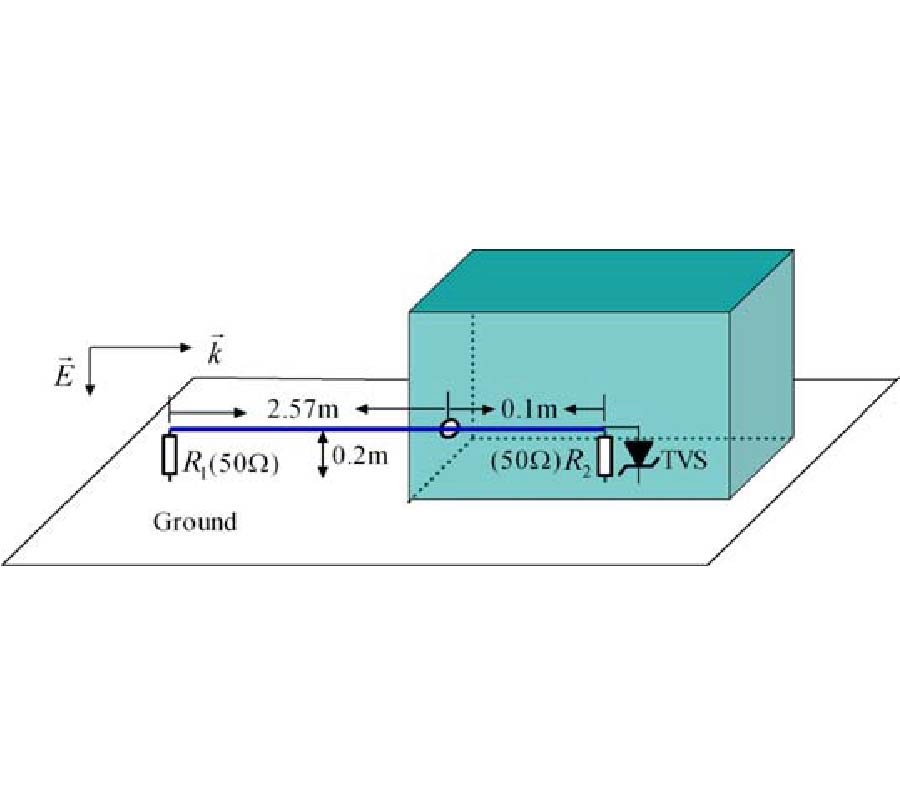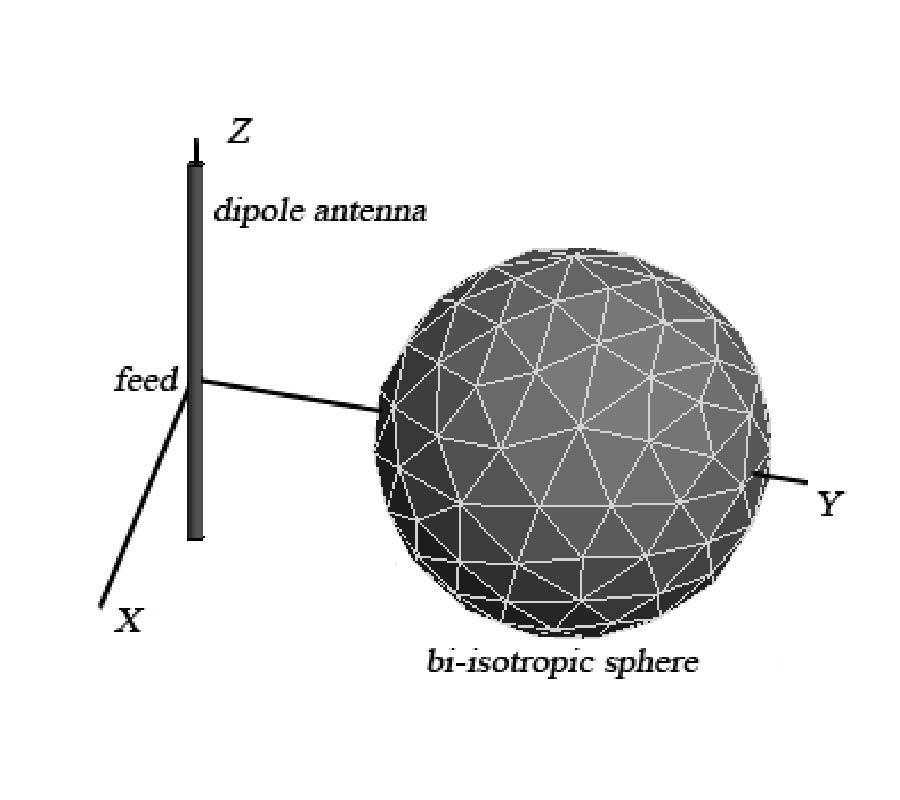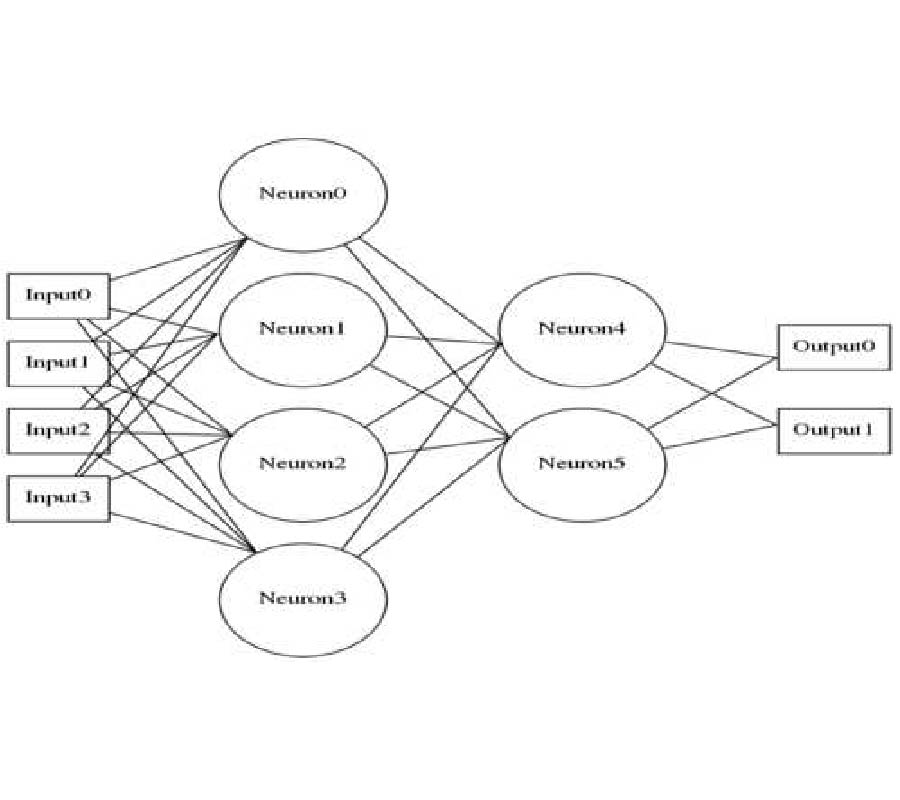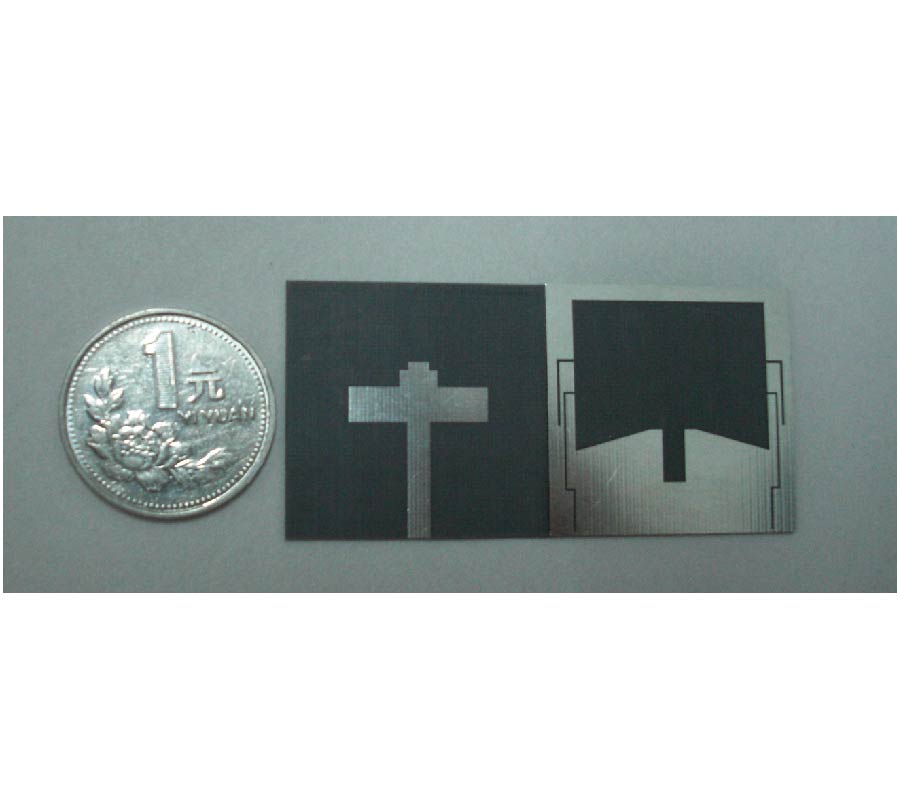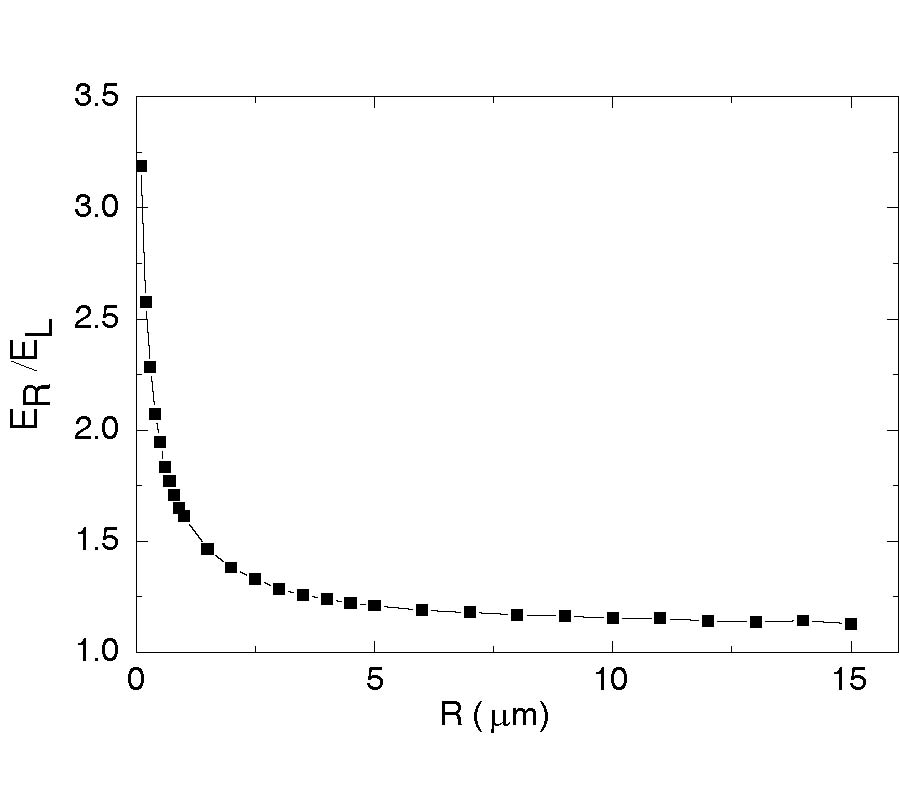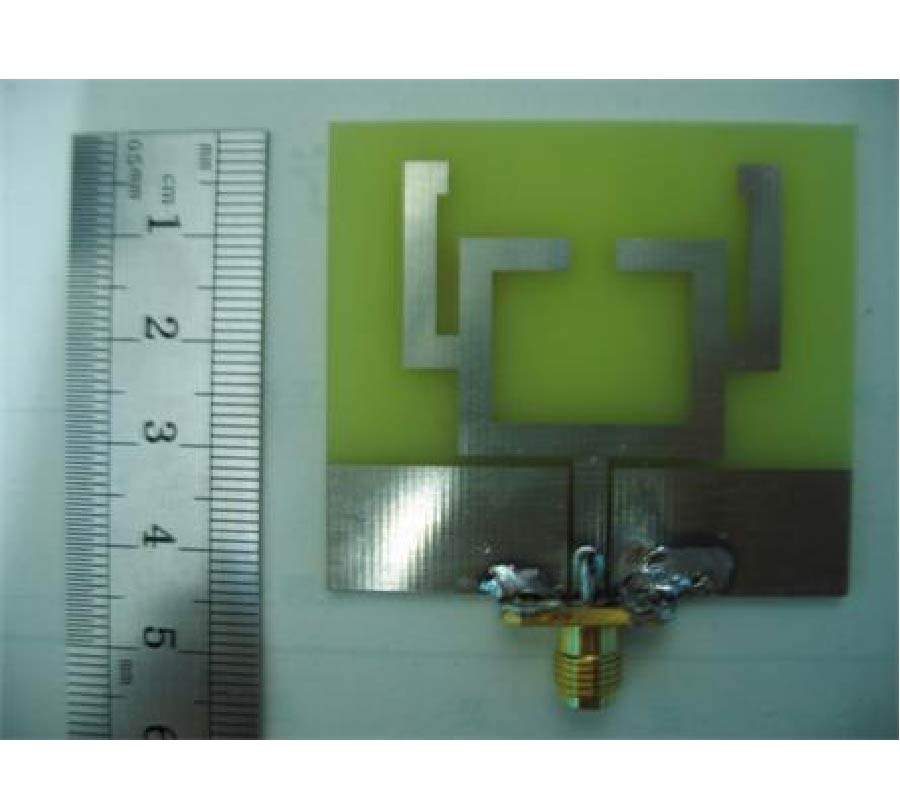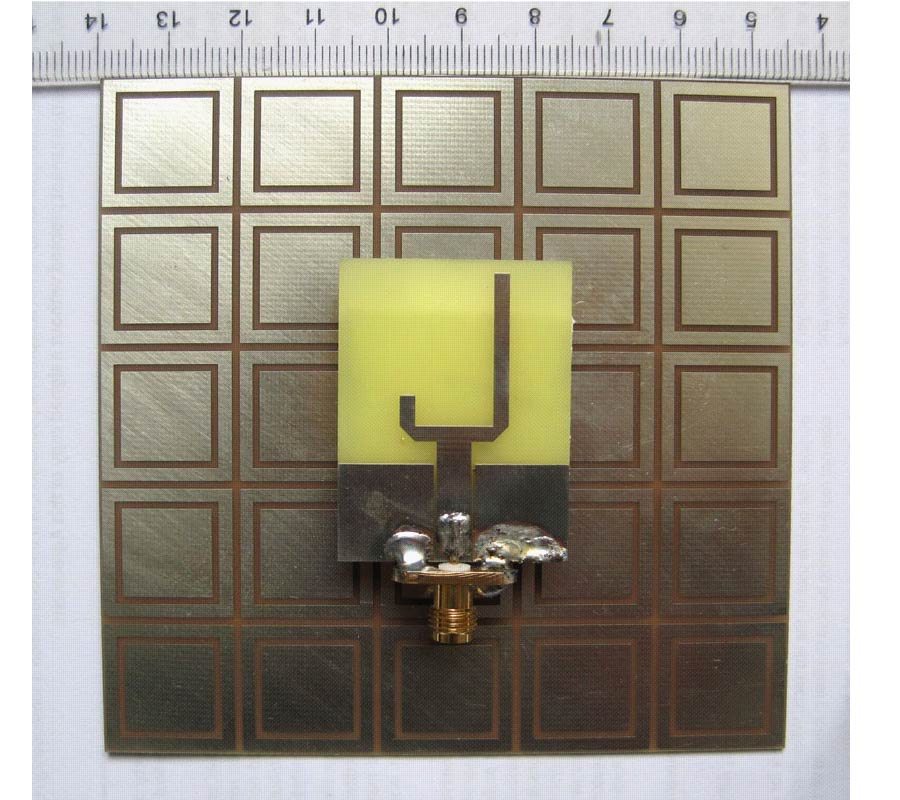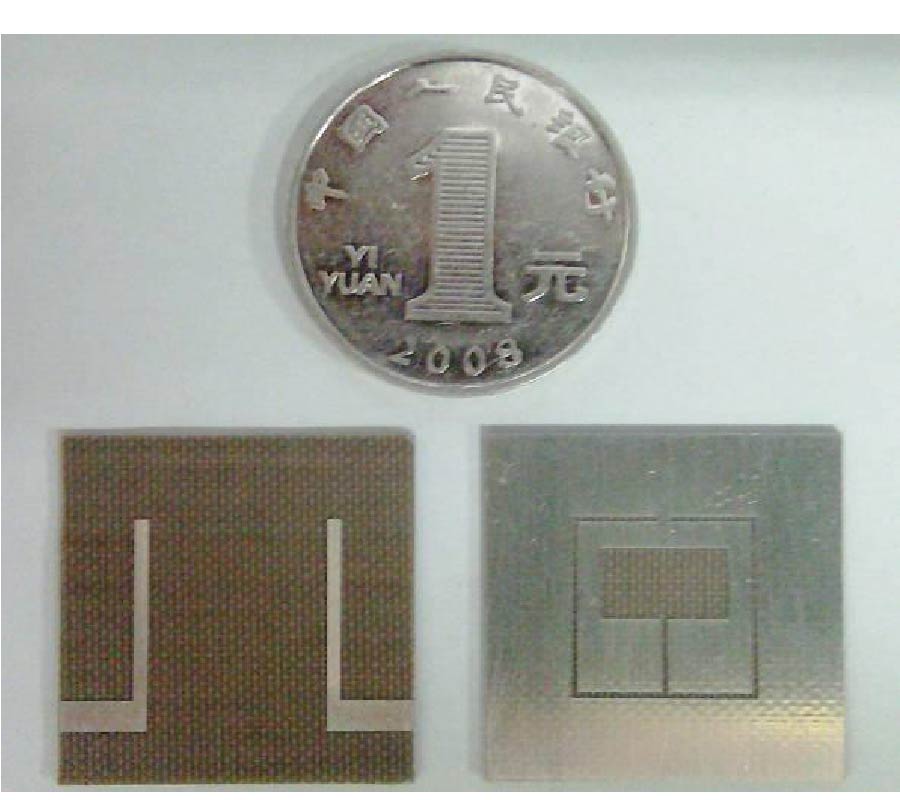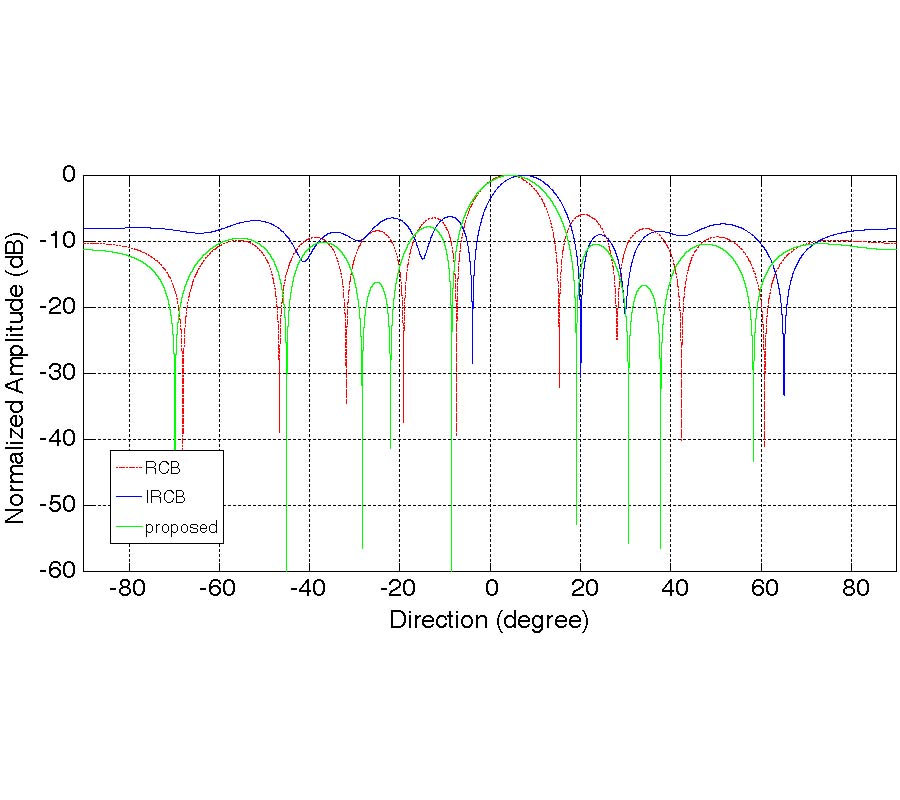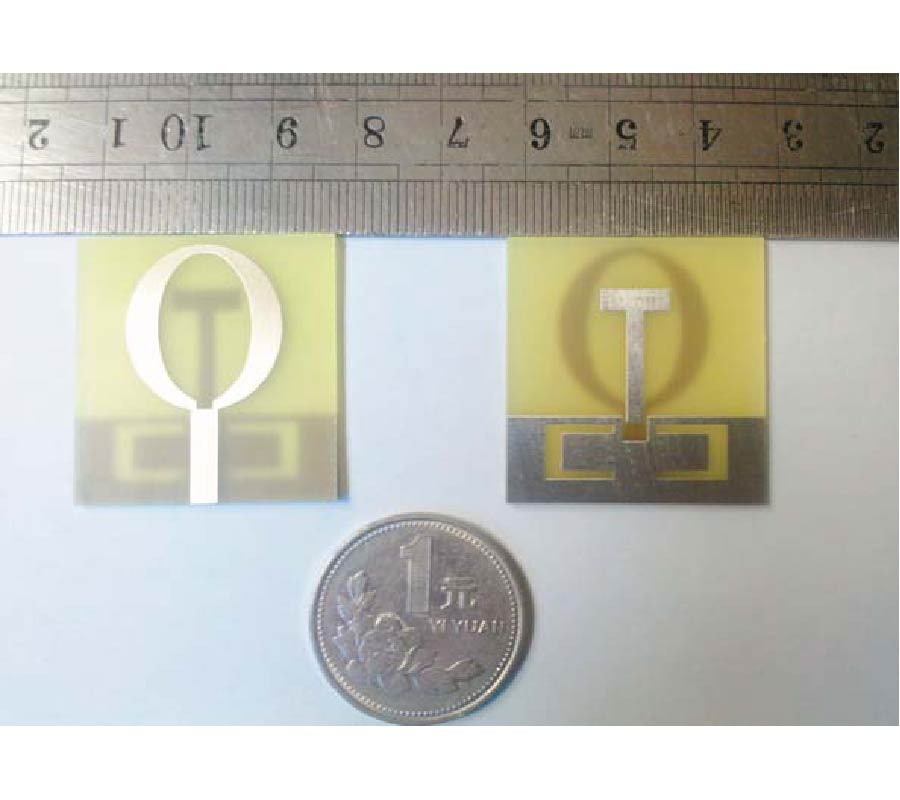Derivation of Electromagnetic Properties of Child Biological Tissues at Radio Frequencies
Mimoza Ibrani
,
Luan Ahma
,
Enver Hamiti
and
Jetmir Haxhibeqiri
The knowledge of electromagnetic properties of biological tissues is required to assess the radio frequency energy deposition in children exposed to electromagnetic fields. The issue whether children should be considered a dosimetric sensitive group in comparison to adults, to which the confirmation of age-dependence of human tissue electromagnetic properties potentially may contribute remains debatable at scientific forums. This paper derives the formula for calculation of electromagnetic properties (permittivity and conductivity) of children tissues, as a function of height, weight, and age, respectively. By using the proposed formula, we have calculated and presented electromagnetic properties of the muscle, brain (gray matter) and skin for 1-year-old to 10-year-old children for 900 MHz, 1800 MHz and 2.4 GHz, at which frequencies most of radio frequency devices used by children operate. The trend over the age of child electromagnetic properties has been presented, and electromagnetic properties at different frequencies for the same child age have also been compared. For certain tissues, comparison between the children at various age and adult electromagnetic parameters has been given. A database with electromagnetic properties for children, of all ages, tissues and frequencies may be built up with the proposed approach. It will further advance research on the assessment of children exposure to electromagnetic fields. Formula can also be used for the determination of electromagnetic parameters for children with specific height and weight.
